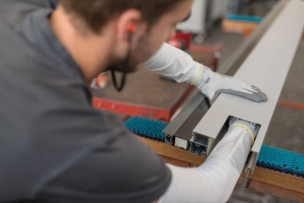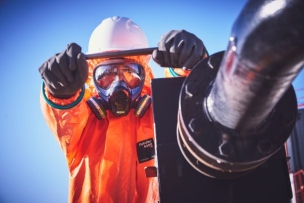Some of the most prevalent workplace hazards aren’t seen – they’re heard. The National Institute for Occupational Safety and Health (NIOSH) reports that 22 million U.S. workers are exposed to damaging noise levels at work, and according to the Centers for Disease Control and Prevention (CDC), workplace-related hearing loss is the most commonly reported injury.
It’s not surprising, then, that hearing loss disability accounts for an estimated $242 million in workers’ compensation payments each year.
Approximately 48 million Americans have some degree of hearing loss, according to the Hearing Loss Association of America. The National Institutes of Health (NIH) estimates that 15 percent of those ages 20 to 65 are living with some level of noise-induced hearing loss.
Noises over 85 decibels (dB) warrant the use of protection. For reference, normal talking is 60 dB, city traffic is 85 dB and a concert or a tractor is about 100-115 dB. Without proper protection, prolonged noise exposure in a factory setting can compound the hearing loss incurred from everyday noises.
Because hearing damage is cumulative and permanent, it is vital, and in many cases required, for businesses to protect their workers’ hearing – especially for those with a workforce exposed to loud machinery, power tools and heavy equipment. Hearing damage can contribute to workplace underperformance and increase chances for injury due to reduced situational awareness or the inability to hear a warning siren or signal.
Regardless of the industry, it is important to provide information to employees about how their hearing is impacted at work each day. Consider going even further by teaching proper hearing protection and implementing a hearing conservation program within the organization.




Talk to Us!
Leave a reply
Your email address will not be published. Required fields are marked *